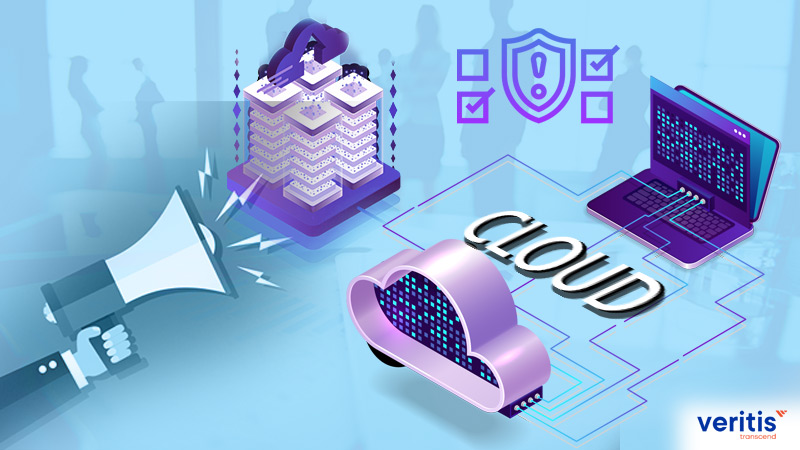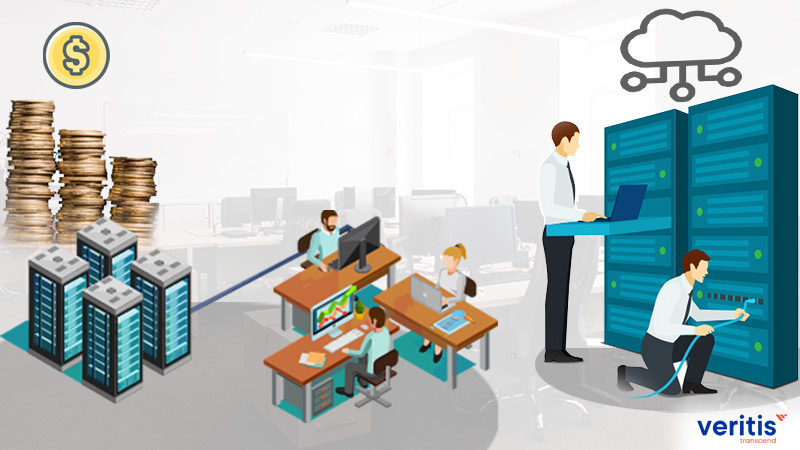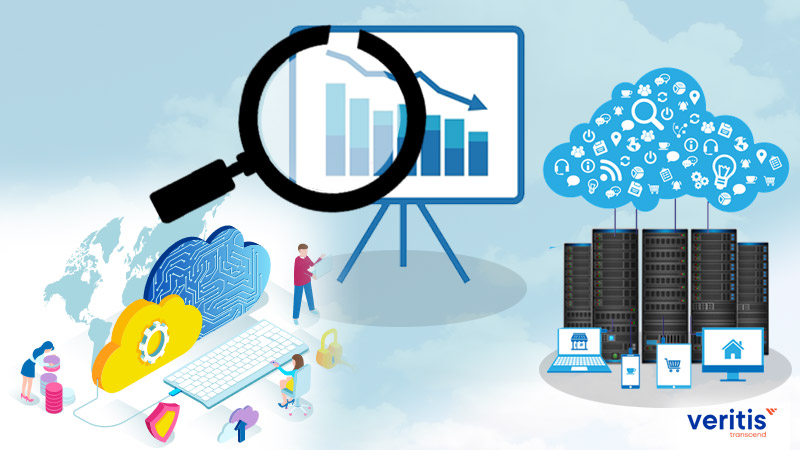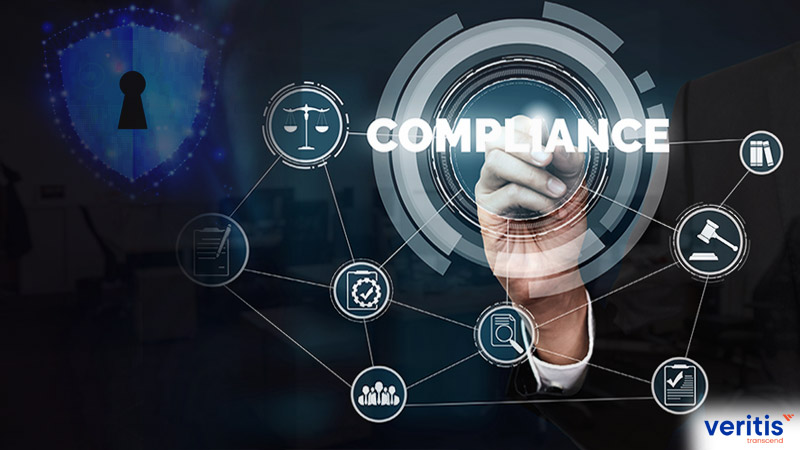
Cloud adoption is growing on a rapid scale owing to the rising inclination to on-the-go and over-the-network operations.
Many organizations are turning to cloud migration plans because of the flexibility and scalability it offers.
Cloud migration has a set of challenges associated with it, and it doesn’t end with the migration process because there exist many bottlenecks, even post cloud migration. While some can be addressed with ease, some need extra effort.
Here, we bring to you five such most common ‘post cloud migration risks’ that need a special mention:
1) Weak Architecture and Unnecessary Computing Costs

Most companies feel the necessity to shift from data centers to the cloud environment. While some do so to overcome the data center maintenance concerns, some do that in a hurry to get into the cloud as soon as possible.
Such attempts mean a ‘lift-shift approach’ and often make less emphasis on ‘workload adaptability to the new cloud environment. With this, systems running on specific loads and at full capacity continue to do the same in the new environment.
This could ultimately cause an additional expenditure, as workloads might be running several times (like in datacenter) than required in the cloud. The only solution to such challenges of overloading or over- configuration is ensuring the adaptability of workloads well before their onboarding.
2) Lack of Understanding of Workload Ecosystem

This is another crucial aspect that can cause additional risks to post the cloud migration process. It’s essential to understand the data flow from data center systems to the new cloud environment. It has to be understood that gaps in data flow out can cause you additional costs.
The solution to this problem lies in finding opportunities for perfect adaptation of workloads to the all-new environment.
That needs a detailed assessment of what applications can these workloads run in and the volume of data that can leave the cloud environment.
3) Security and Compliance Requirements

As the studies show, the majority of organizations have a specific workload onboarding process for cloud migration. This process naturally involves security configuration, which is also automated in some cases.
While security is the first step to check during migration, the incorporation of security audits and maintenance into the regular change management process is equally crucial. This keeps a fine balance across various cloud and on-premise environments while meeting the compliance requirements.
While onboarding, make sure every new offering is appropriately tied to the change management process and is in line with the updated security and audit policies.
4) Lack of Visibility into Performance and Usage

Remember! Migrating to the cloud is a more herculean task than managing processes on the cloud. Given this factor, the teams should ensure they have uninterrupted access and perfect visibility to the system utilization and performance on cloud systems.
Using different tools to retrieve data from the cloud service provider portal gives less scope for consistent collection and usage.
5) Lifecycle Management and Cost Leakage

The newly implemented systems need a continuous monitor throughout their lifecycle until they are on the full track. Teams tend to lose track of the systems that are untied to any physical reminders. Cloud, because of its broader scope, often facilitates such instances of losing track on specific systems.
Moreover, IT teams often miss setting up new testing environments without decommissioning the old ones, which implies replacing the server with service. In such a case, keeping the unused instances running naturally leads to additional burden and maintenance costs. Beyond costs, they may also cause security risks as upgrades and patches to them are unattended.
ALSO READ: What is a Lift and Shift Cloud Migration?
In Conclusion
Considering these risks, the enterprise cloud migration process is deemed successful only after meeting the pre and post-migration requirements. Doing so not only brings you success but also ensures cost savings and streamlined processes! Are you looking for cloud migration services and solutions in US?
More Cloud Migration Blogs:
